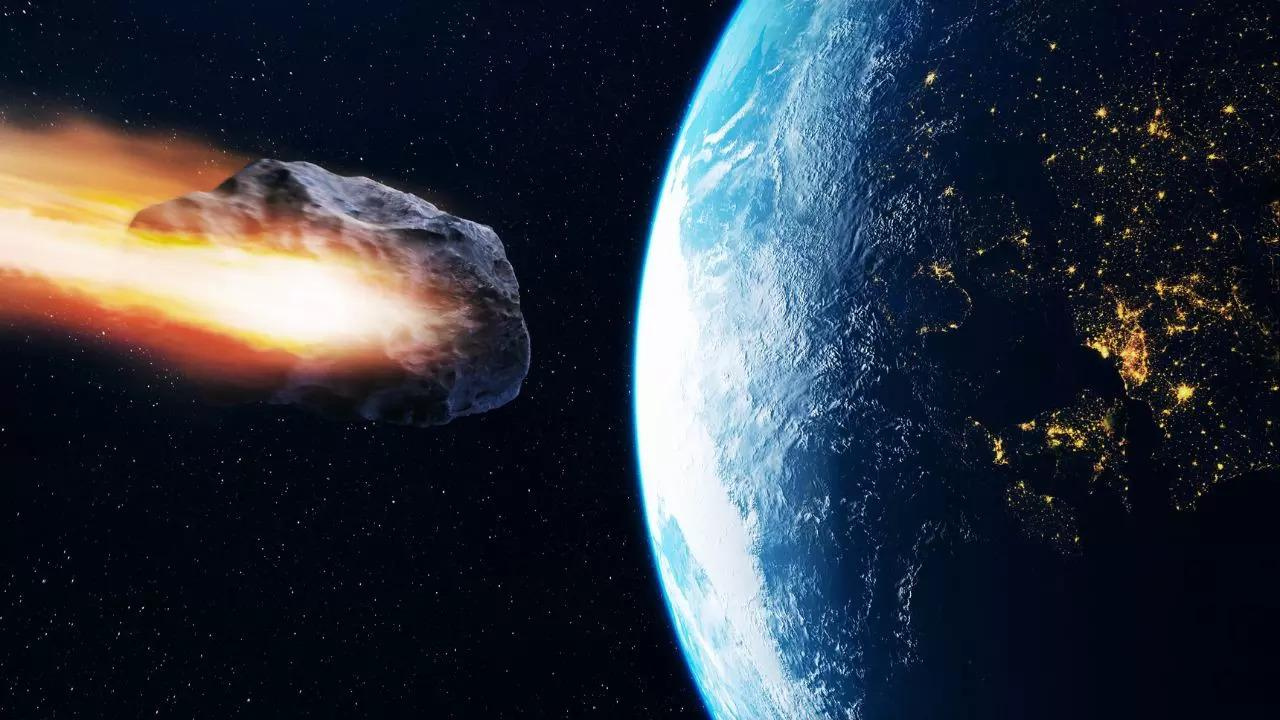The solar system is teeming with an astonishingly vast number of asteroids. Scientists have already identified at least 1.4 million of these celestial bodies, with the likelihood of many more remaining undiscovered. The majority of the known asteroids orbit within the main asteroid belt situated between Mars and Jupiter. However, a significant portion of these objects, classified as Near Earth Objects (NEOs), have orbits that intersect with Earth’s path around the sun.Some of these NEOs may eventually collide with our planet, resulting in consequences ranging from spectacular meteor showers to the potential extinction of entire species, as evidenced by the fate of the dinosaurs.
MIT professor and asteroid expert Richard Binzel said that Earth encounters over ten tons of dust daily. These tiny particles burn up in the atmosphere, contributing to meteor showers. Moving up the scale, marble to bowling ball-sized rocks hit Earth a few times each day, creating bright streaks known as bolides. Slightly larger objects, around the size of a few beach balls, fall to Earth many times a year, occasionally leaving behind meteorites.
Asteroids and comets strike the Earth with varying frequency, posing different levels of threat:
MIT professor and asteroid expert Richard Binzel said that Earth encounters over ten tons of dust daily. These tiny particles burn up in the atmosphere, contributing to meteor showers. Moving up the scale, marble to bowling ball-sized rocks hit Earth a few times each day, creating bright streaks known as bolides. Slightly larger objects, around the size of a few beach balls, fall to Earth many times a year, occasionally leaving behind meteorites.
Asteroids and comets strike the Earth with varying frequency, posing different levels of threat:
- One large asteroid, Apophis, with a diameter of over 300 meters, is expected to pass close to Earth in 2029, 2036, and 2068. Fortunately, the risk of it hitting Earth is low. However, astronomers are actively preparing for potential threats.
Nasa ‘s Double Asteroid Redirection Test (DART) mission demonstrated the ability to deflect an asteroid, offering hope for futureplanetary defense - Small particles (1 gram) enter the atmosphere daily, creating shooting stars or meteors that burn up harmlessly.
- Asteroids around 4 meters in size hit the Earth about once every 1.3 years on average. These typically explode in the atmosphere and do not cause significant damage.
- Asteroids 20 meters in size, like the one that exploded over Chelyabinsk, Russia in 2013, hit once or twice per century on average. They can cause shockwaves that shatter windows and injure people.
- Larger asteroids around 40 meters, like the one that hit Tunguska, Siberia in 1908, strike about once or twice per millennium. They can devastate regional areas.
- Very large asteroids 10 kilometers wide, capable of mass extinctions, hit on timescales of around 100 million years on average.
What is the likelihood of a large asteroid impacting Earth in the next century?
- A new study has found that there is no known asteroid larger than 1 kilometer that is predicted to hit Earth in the next 1,000 years
The researchers used a new modeling approach to extend asteroidimpact predictions much further into the future than previous methods.
The asteroid with the highest risk of impacting Earth in the next 1,000 years is 1994 PC1, a 1.1 km wide asteroid, but it only has a 0.0151% chance of coming within the Earth-Moon distance in that time period
- Larger asteroids capable of causing
global catastrophe , around 3-5 km wide, are estimated to hit Earth only about once every 30 million years on average - While smaller asteroids around 300-600 m wide could still cause regional devastation, the average time between such impacts is estimated to be 70,000-200,000 years
- Nasa and other agencies are actively tracking and monitoring near-Earth asteroids to identify potential threats, though some smaller objects may still remain undiscovered
Denial of responsibility! Swift Telecast is an automatic aggregator of the all world’s media. In each content, the hyperlink to the primary source is specified. All trademarks belong to their rightful owners, all materials to their authors. If you are the owner of the content and do not want us to publish your materials, please contact us by email – swifttelecast.com. The content will be deleted within 24 hours.


